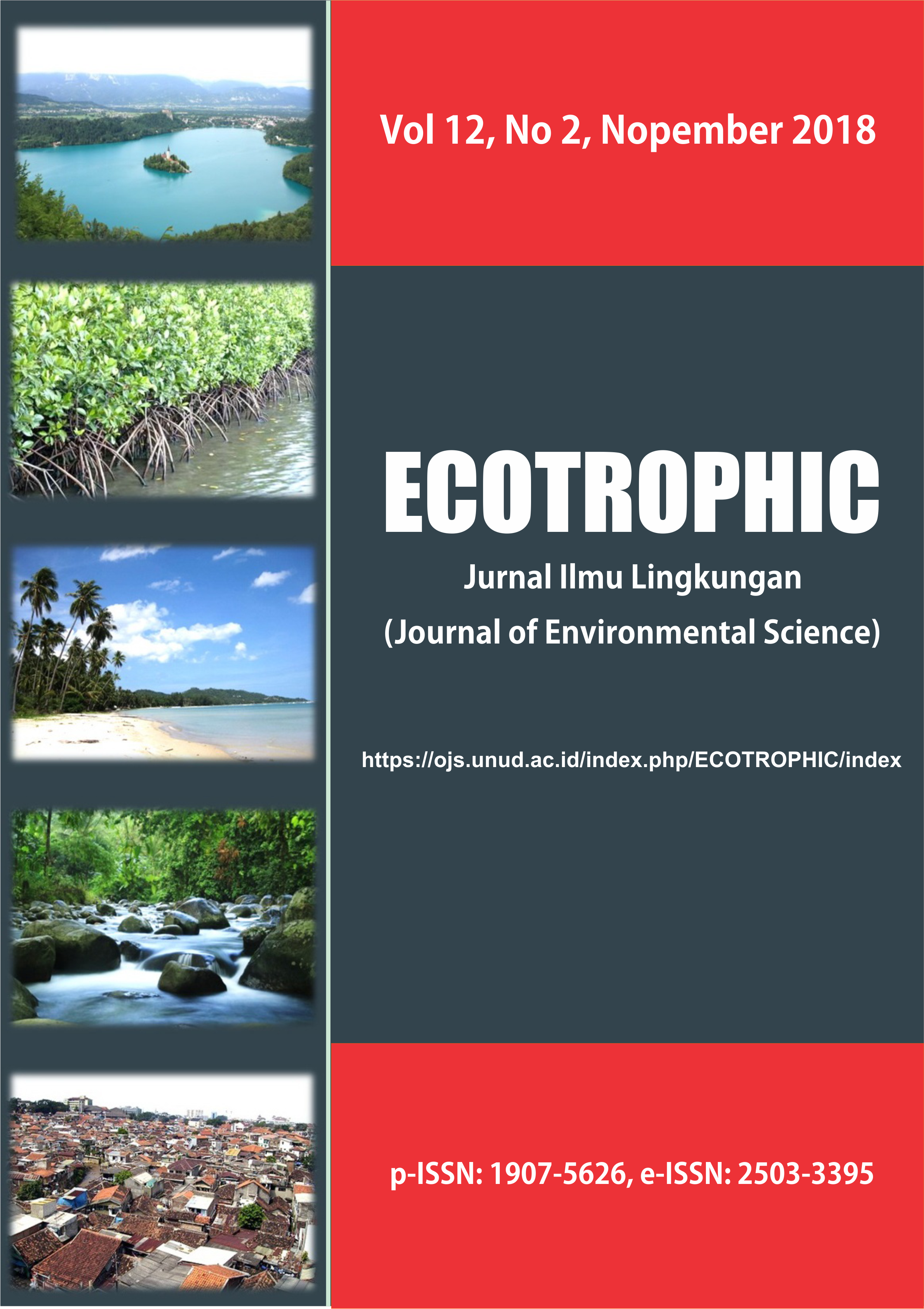Integrasi Teknologi Pengideraan Jauh dan Sistem Informasi Geografis untuk Estimasi Serapan dan Emisi CO2 di Kota Denpasar
Abstract
Integration of Remote Sensing Technology And Geographic Information Systems for Estimation of CO2 Updake and Emissions in Denpasar City
Rapid economic growth in the Denpasar City has an impact on the rate of population growth. This will lead to increasing land requirements for settlements, infrastructure, and other supporting facilities. Meanwhile, the availability of land for green open space (RTH) will decrease. Several studies show that from year to year the area of ??vegetation cover decreases, and the air temperature in Denpasar City is increasing. Therefore, research to calculate CO2 uptake by urban plants and CO2 emissions from various activities in the city of Denpasar is needed to be done. Estimates of CO2 uptake by plants are carried out using remote sensing technology and GIS. Meanwhile, the calculation of CO2 emissions is carried out by an inventory of CO2 pollutant sources from point sources, areas sources, and mobile sources. The output of this study is a distribution map of CO2 absorption and emissions. From the map it can be seen whether the CO2 emissions of Denpasar City are higher than the ability of existing plants to absorb them.
The results showed that the ability of plants in Denpasar as a green open space to absorb CO2 was 235,780.63 tCO2/year, while total emissions from pollutant sources were 862,955,856 tCO2/year. The sources of CO2 emissions include from point source 37,649 tons/year, from source area 95,310 tons/year, and from mobile sources at 862,955,856 tons/year. From the movable source the biggest contributor to CO2 emissions is light vehicles, which amounted to 540,355.88 tons/year (62.63%), then followed by motorcycles at 260,187.43 tons/year (30.16%). The amount of CO2 emissions in Denpasar City is 3.66 times greater than the ability of plants to absorb CO2 in 2015 and there is a tendency for this gap to be even greater in the future.
To overcome this problem, regulations are needed such as reducing the number of motorized vehicles by increasing public transportation services. The use of vehicles using energy sources other than fuel such as electricity is another alternative to consider. Finally, the increase in the number and quality of green open spaces is a conventional method that needs to be done.
Downloads

This work is licensed under a Creative Commons Attribution 4.0 International License.


